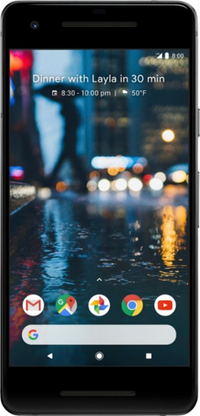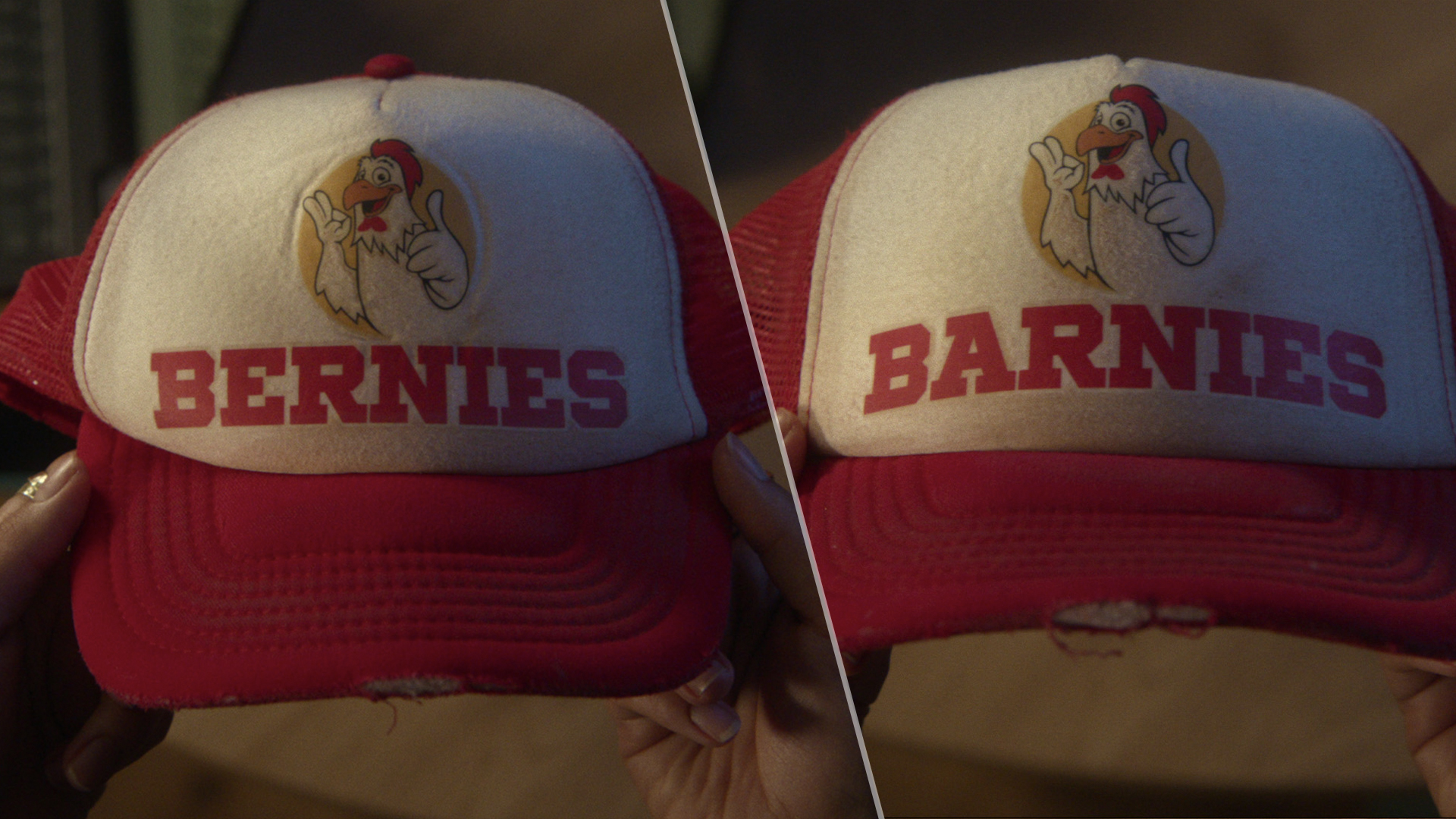Pixel 2 Hands-On: AI Smarts Make Google's Phone a Standout
The design of the new Pixel 2 and 2 XL may not impress, but Google's integration of software and artificial intelligence certainly do.
A cynic might suggest that's because the hardware on the new Pixels, which start at $649 for the 5-inch Pixel, isn't that impressive. After all, the Snapdragon 835 processor, 64GB of storage on the base model and even the sharp-looking OLED displays on these new Pixels aren't anything you can't already get on a Samsung Galaxy S8 or Note 8. The new Pixels don't even offer dual rear cameras, a feature that's becoming increasing standard on flagship phones with this kind of price tag.
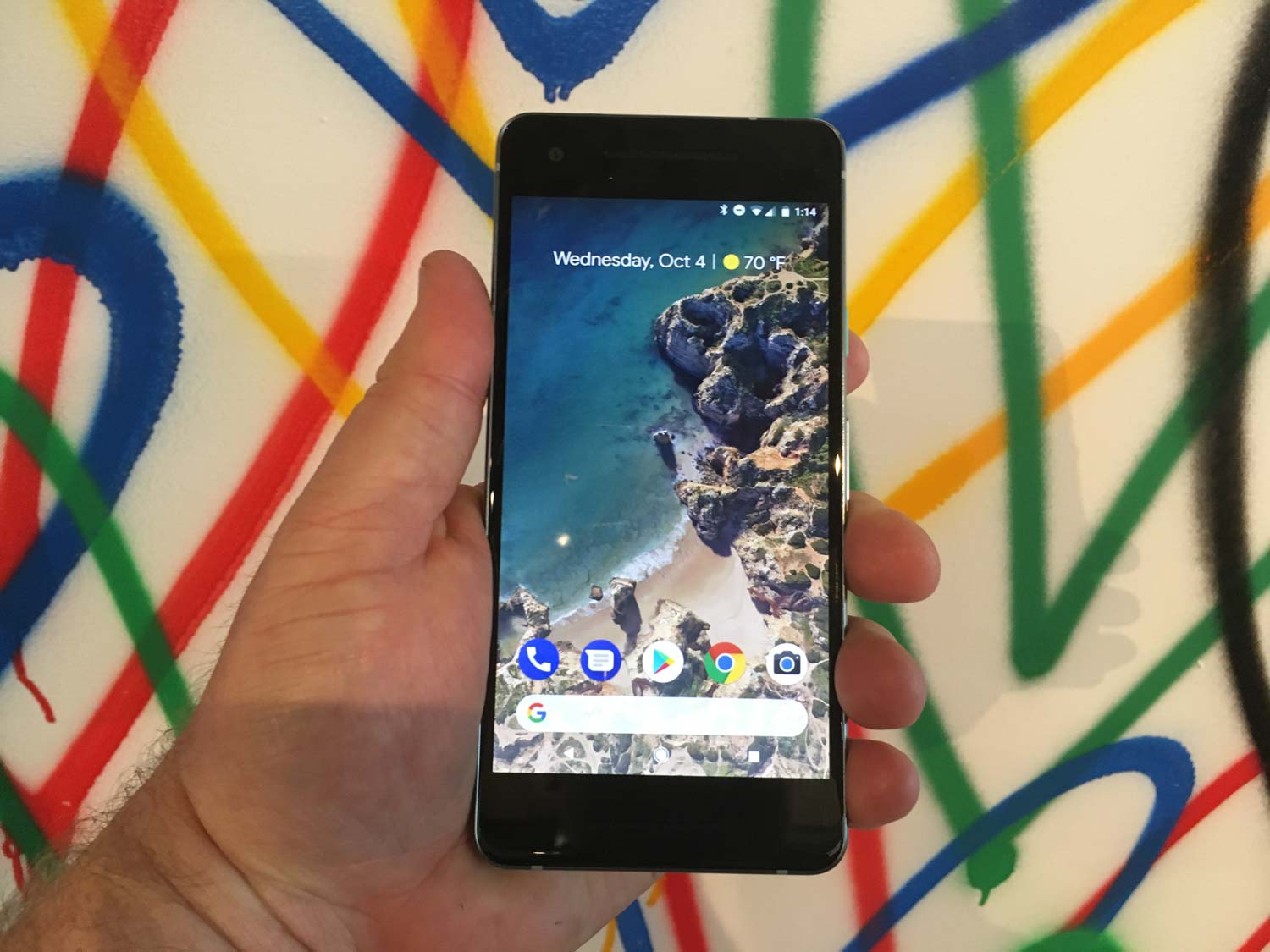
But then you get to see the Google Assistant in action on the Pixel 2 or you interact with some of the new phone's accessories, and you think that Google might be onto something.
A Smarter Assistant
The Google Assistant was an important part of the original Pixel, but it's even more front and center here. Google even made the Assistant easier to access with a feature called Active Edge that lets you summon the Assistant with a squeeze of the phone's sides.
Active Edge was very responsive when I gave a Pixel 2 XL a few squeezes at a demo area after Google's press event in San Francisco. And the mics on the new phone were powerful enough to let the Assistant hear my praising the responsiveness to a Google rep (The Assistant thanked me for my kind words, incidentally.) If you're worried about inadvertently triggering the Assistant with an unintentional squeeze, you can head into the Pixel's settings to adjust how firmly you have to squeeze to trigger a response.
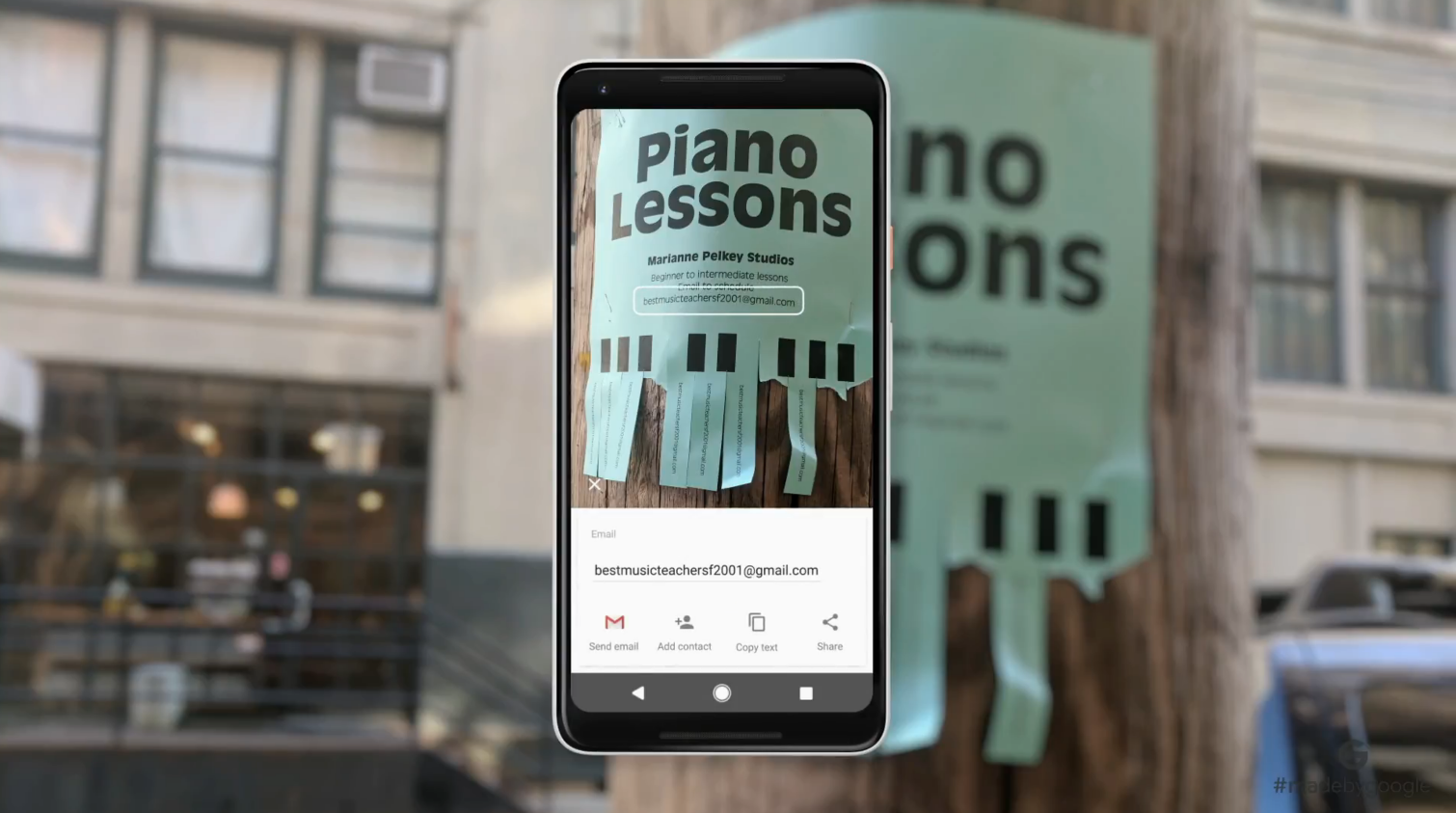
The Assistant is even standing by to help you before you even unlock your phone, thanks to the Pixel 2's new always-on display feature. In addition to the usual time, date and notification info that appears on the phone's screen, the Assistant can also detect any music that's playing around you — say a song playing at a café — pulling up information about the artist. Tap on that song to go to the Assistant where you can perform all sorts of other functions like adding the song to your library, playing the video on YouTube or searching the web for more information. It's like Shazam, but without ever having to bother to fire up the app.
Assistant figures to get smarter as well. The new Pixels will be the first phone to feature Google Lens, an object recognition feature first previewed at this year's I/O developers conference. Google Lens will work both in the Photos and Camera apps. Tap on an object in a photo you've shot, and the Assistant will summon up information about it. Or point your camera at a book or movie poster and you can summon up reviews.
A Google Lens capability that should be particularly useful is the ability to spot phone numbers, email addresses and URLs in photos and to turn them into actionable items. For instance, my daughter's school is holding a jog-a-thon this week, and posters around the school have a pretty complicated URL where you can sign up to volunteer. With Google Lens, I could point a Pixel 2 at the the poster and get a URL that will launch in Chrome, without having to type a blessed thing. Pretty cool.
One Camera to Rule Them All?
If Google Assistant plays a major role on the Pixels, the camera really remains the device's centerpiece. Both the Pixel 2 and 2 XL still sport just one lens on the back a 12-megapixel shooter with an f/1.8 aperture. A new autofocus mechanism figures to reduce blur, with fused video stabilization that incorporates both optical and electronic image stabilization promises to keep the shake out of videos.

Take a photo on the Pixel 2, and the phone's camera captures a burst of shots with short exposure times. Those images are then aligned and combined to get the optimum color and contrast. All that happens without any lag, so you won't miss a shot.
That's enough to convince DxOMark. The image quality management firm has given the Pixel 2 its highest rating ever, making Google's new phone its choice for smartphone image quality.
But what about all those phones with two rear lenses? Google thinks you don't need that second lens, when you've got computational photography and machine learning at your disposal. The Pixel 2 supports Portrait Mode, even with just one lens, and the results are pretty convincing as I found out when I snapped a photo of myself on the Pixel 2 XL.
The phone's rear camera managed to add a pretty stylized artistic blur to the background of my image. And if I wanted to take that same shot as a selfie, I could — Portrait Mode works on the Pixel 2's front camera too. However, unlike such dual-lens phones as the iPhone 8 Plus and Galaxy Note 8, the Pixel 2 won't give you 2x optical zoom.
Awesome Accessories
Google is adding smarts to the accessories that work with its smartphones, too. Google Pixel Buds are wireless headphones — which you'll need since the Pixel 2 unfortunately ditches the headphone jack — that let you access Google Assistant with just a tap. You can also ask the Assistant to launch Google Translate — ask it to "Help me speak German," say or one of 39 other languages — and you can carry on a conversation with someone in real time.
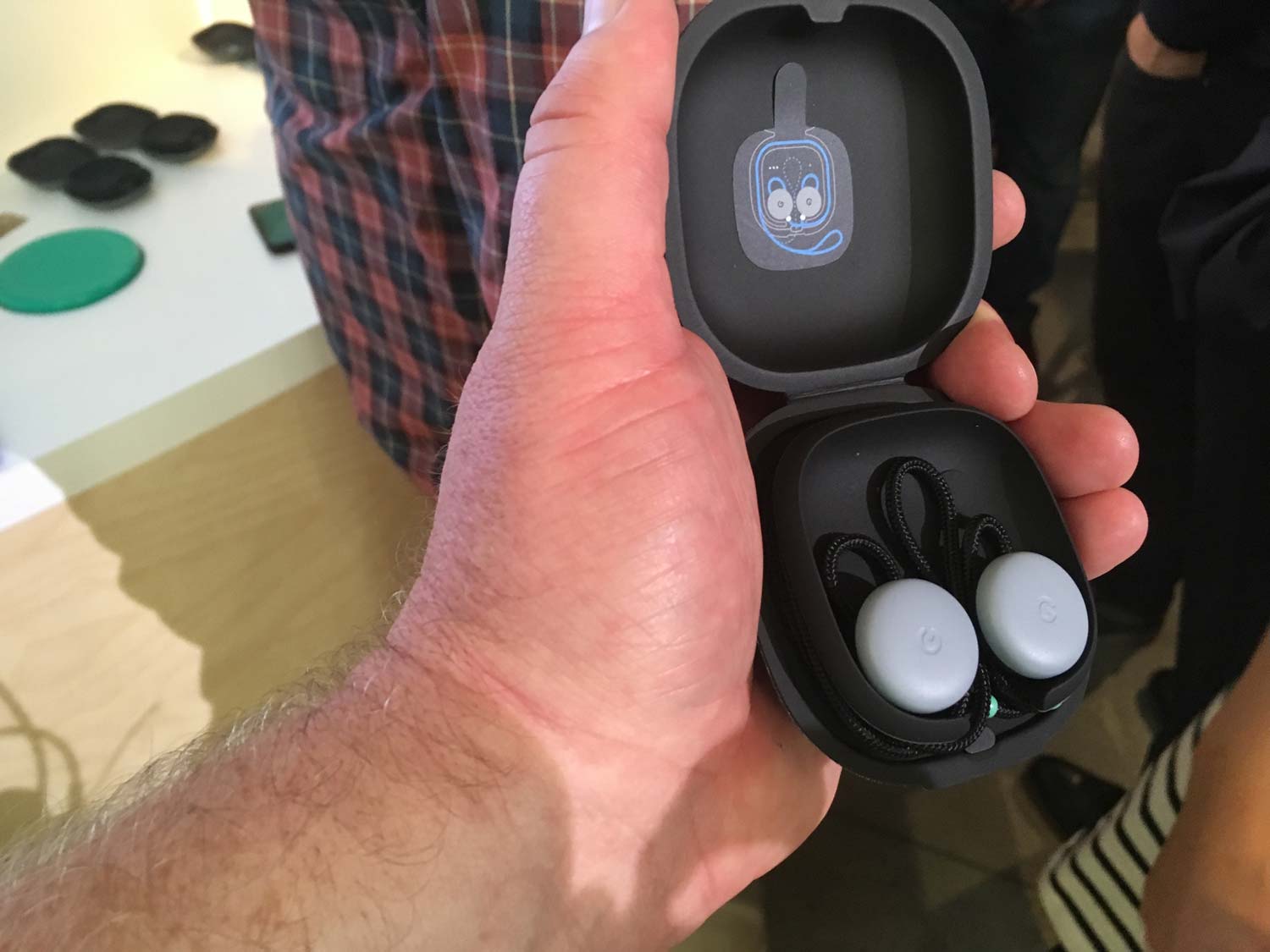
The $159 Pixel Buds promise 5 hours of listening time and you can charge them via an included case. The case holds multiple charges, offering up to 24 hours of listening time.
Parents and pet owners may be more impressed by the Google Clips, a 12-megapixel camera accessory that automatically shoots photos when you give its lens a little twist. Photos are stored on the 16GB camera until you decide to share them. And the camera is smart enough to take photos of people who are important to you when they're properly framed. It's a really clever tool for $249.
What I Don't Like
The cameras on the Pixel XL are tailored to take advantage of augmented reality apps, similar to what Apple offers on the upcoming iPhone X. The usefulness of this feature will depend on what developers using Google's ARCore tools come up with, and Google is promising AR-centric apps from Houzz, League of Legends, Lego and others. Right now, Google is offering a feature called AR stickers, which let you insert animated objects onto your phones display, but this strikes me as a novelty act at best.
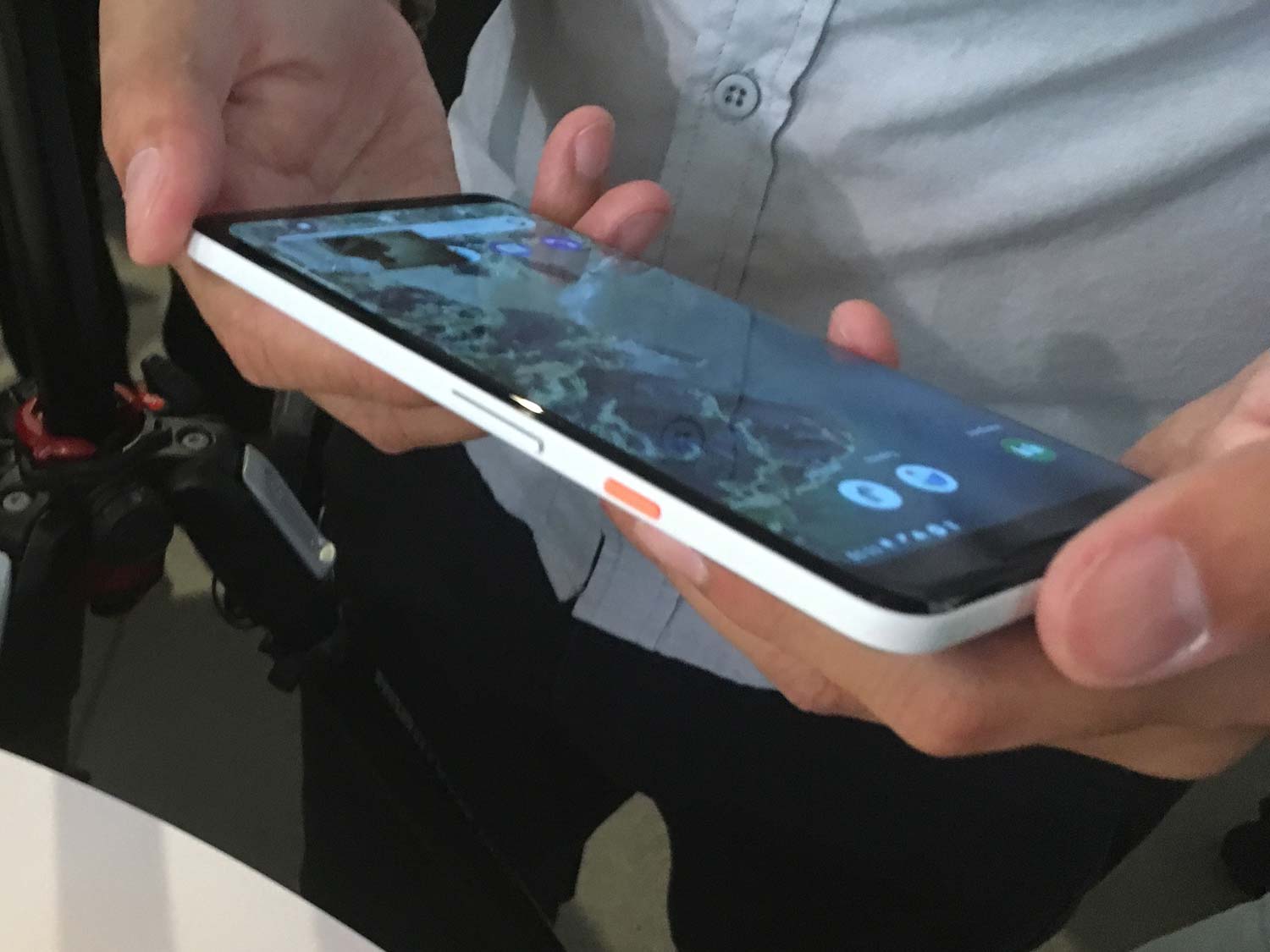
The Pixel design remains uninspired. I played around with the black-and-white Pixel 2 XL, which reminded me of a tuxedo-clad penguin in smartphone form. Google added a pop of color to the power button, adding to what it calls the phone's playfulness. I call it an eyesore. Google's not incapable of designing good-looking products — the Google Home Mini looks pretty slick. So its inability to produce a phone with the wow factor of an iPhone X or Note 8 is a bummer.
Outlook
Then again, Google isn't putting its main effort into the phone's look, focusing instead on the functionality of the Pixel 2. Early indications are that it's delivered, particularly with the Assistant and the improved cameras.
And all those features are available in both the 5-inch Pixel 2 and 6-inch Pixel 2 XL. "We don't set aside better features for the larger device," said Google's Mario Queiroz in a shot that clearly was aimed in the direction of Apple headquarters. Joking dig or not, it's an approach I'd like to see other smartphone makers follow.
Sign up to get the BEST of Tom's Guide direct to your inbox.
Get instant access to breaking news, the hottest reviews, great deals and helpful tips.
Philip Michaels is a Managing Editor at Tom's Guide. He's been covering personal technology since 1999 and was in the building when Steve Jobs showed off the iPhone for the first time. He's been evaluating smartphones since that first iPhone debuted in 2007, and he's been following phone carriers and smartphone plans since 2015. He has strong opinions about Apple, the Oakland Athletics, old movies and proper butchery techniques. Follow him at @PhilipMichaels.
